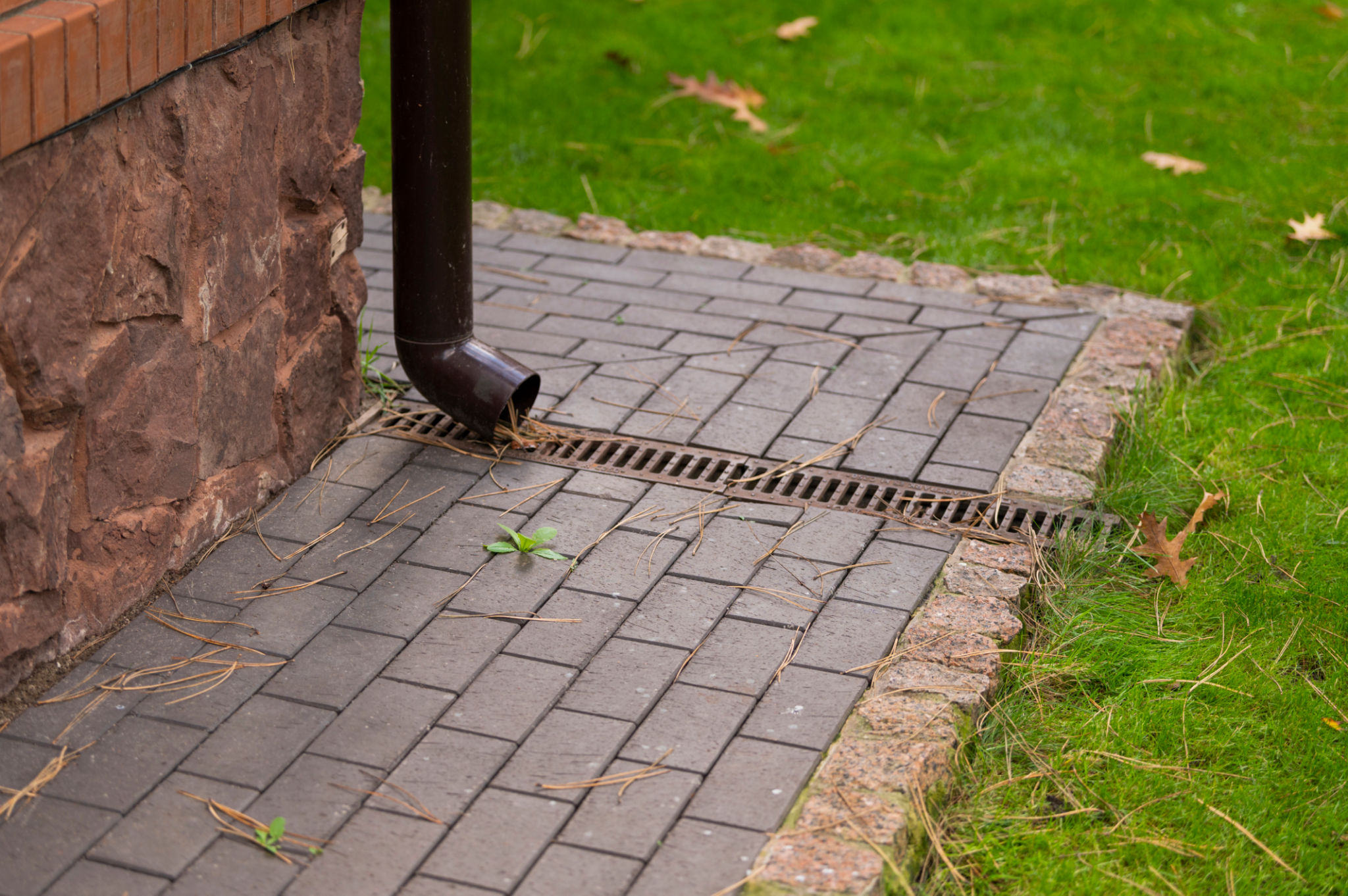Understanding Slab Issues: Common Causes in Texas Homes
When it comes to home construction in Texas, slabs are one of the most common foundation types. Unfortunately, they can also be prone to various issues that can compromise the integrity of a home. Understanding these problems and their causes is crucial for homeowners looking to maintain a safe and stable property.
Factors Leading to Slab Issues
Texas is known for its unique soil composition, which significantly impacts slab foundations. The clay-rich soil prevalent in many regions of Texas expands and contracts with moisture levels, making it a common culprit behind slab issues. As the soil expands, it can push against the foundation, causing it to crack or shift.

Weather-Related Challenges
The weather in Texas also plays a significant role in slab problems. The state experiences prolonged periods of drought followed by heavy rainfall, which can exacerbate soil movement. During dry spells, the soil shrinks away from the slab, leading to settling, while sudden heavy rains can cause rapid expansion and heaving.
Temperature fluctuations further compound these issues. The intense heat can cause the ground to dry out quickly, intensifying the effects of soil contraction and expansion. This constant cycle of change stresses the slab and can lead to cracks or uneven settling.

Construction Practices and Their Impact
Another factor contributing to slab issues is the construction practices used during the home's initial build. If the foundation was not laid correctly or if there were shortcuts taken during construction, the slab may be more susceptible to problems over time. Proper site preparation and choosing the right materials are vital steps in ensuring a durable foundation.
Poor Drainage Systems
Drainage systems are essential for maintaining a stable foundation. Inadequate drainage around the home can lead to water pooling near the slab, which increases moisture levels in the soil and can result in heaving or erosion. Effective drainage solutions, such as gutters and downspouts directing water away from the home, are crucial in preventing these issues.

Signs of Slab Problems
Homeowners should be vigilant for signs of slab issues to address them promptly. Some common indicators include cracks in interior or exterior walls, doors and windows that stick or won't close properly, and noticeable gaps around frames. Uneven floors or tilting can also be warning signs that need immediate attention.
If these signs are observed, it's important for homeowners to consult with a professional who can assess the situation. Early detection and intervention can prevent further damage and more costly repairs in the future.

Preventative Measures
While some factors affecting slab foundations are beyond control, there are steps homeowners can take to minimize risks. Regular maintenance, such as checking drainage systems and addressing minor cracks promptly, can go a long way in preserving the integrity of a home's foundation.
Moreover, during periods of extreme weather, homeowners should monitor their properties closely. Keeping an eye on soil moisture levels around the foundation can help in making informed decisions about necessary preventative actions.
Understanding the causes and signs of slab issues in Texas homes is essential for maintaining a safe living environment. By being proactive and informed, homeowners can better protect their investments against the challenges posed by their unique geographical conditions.